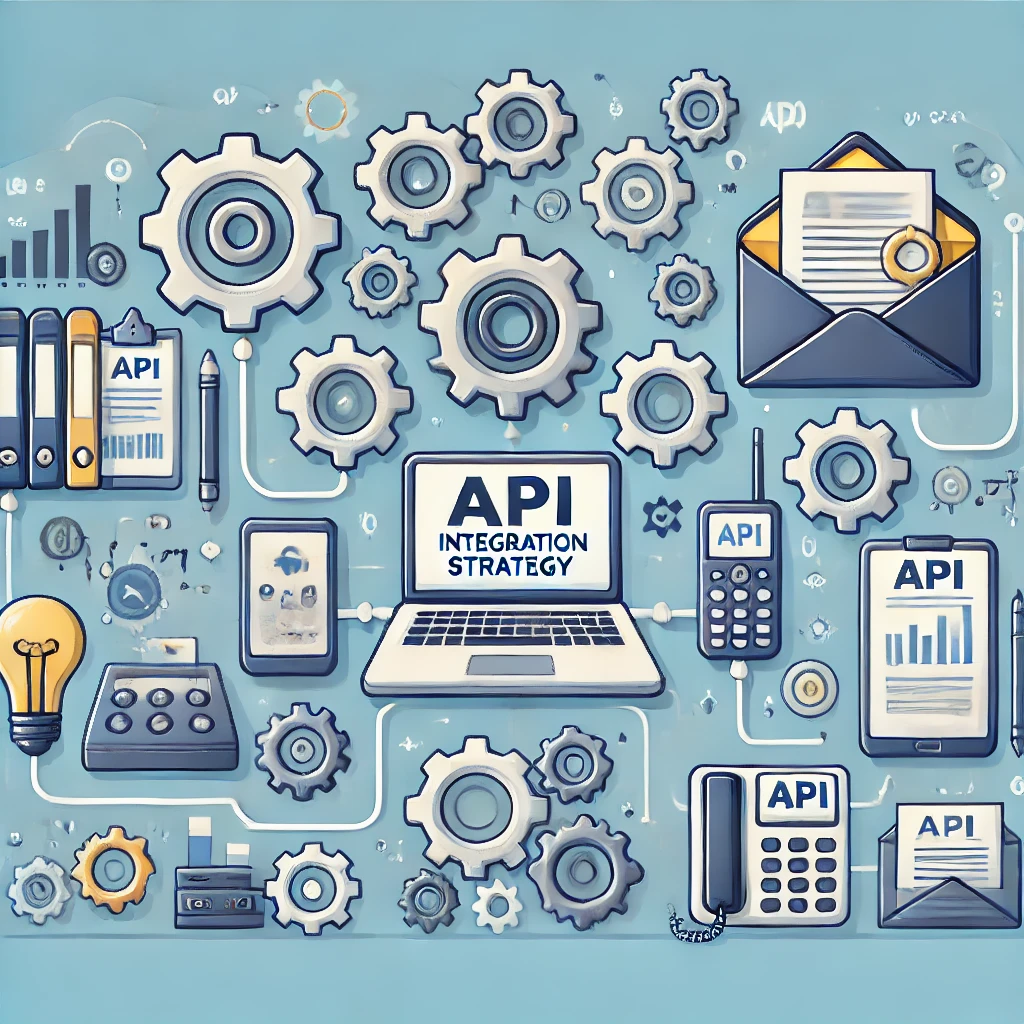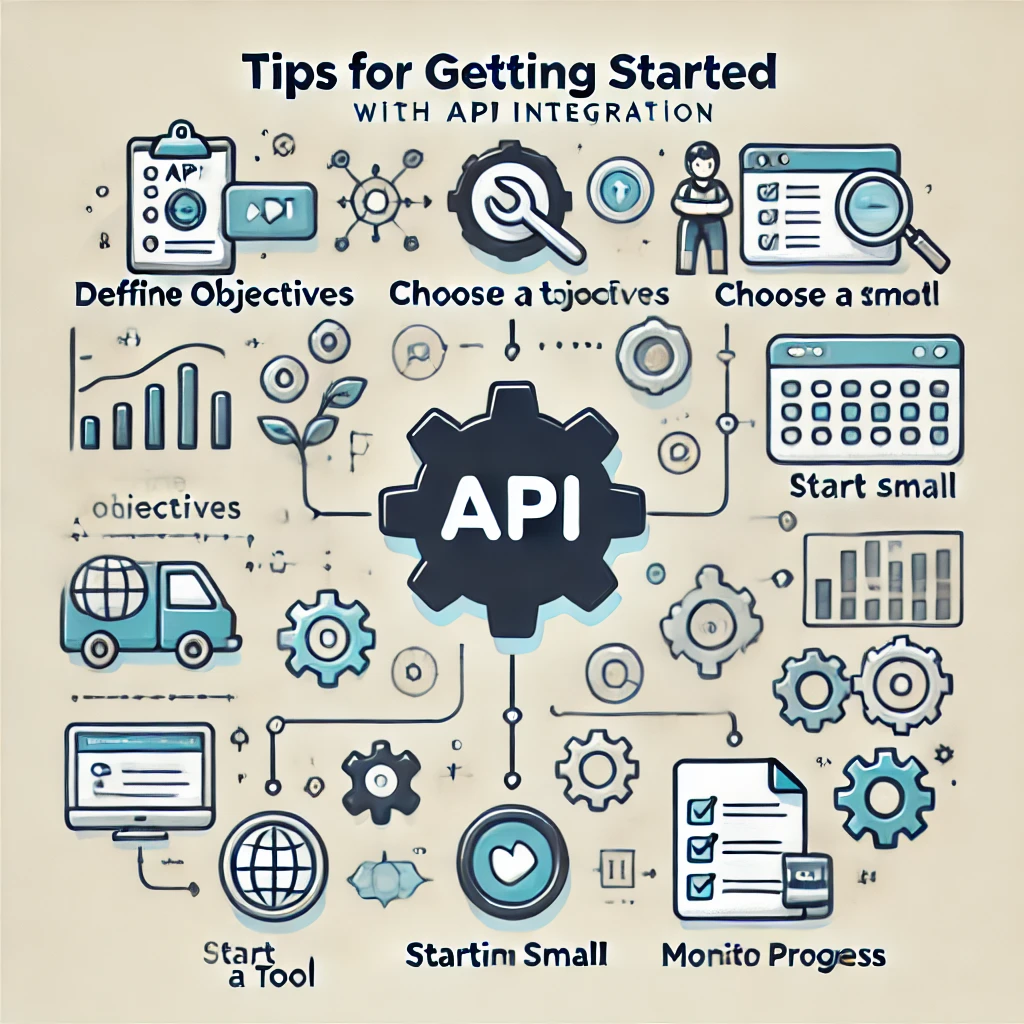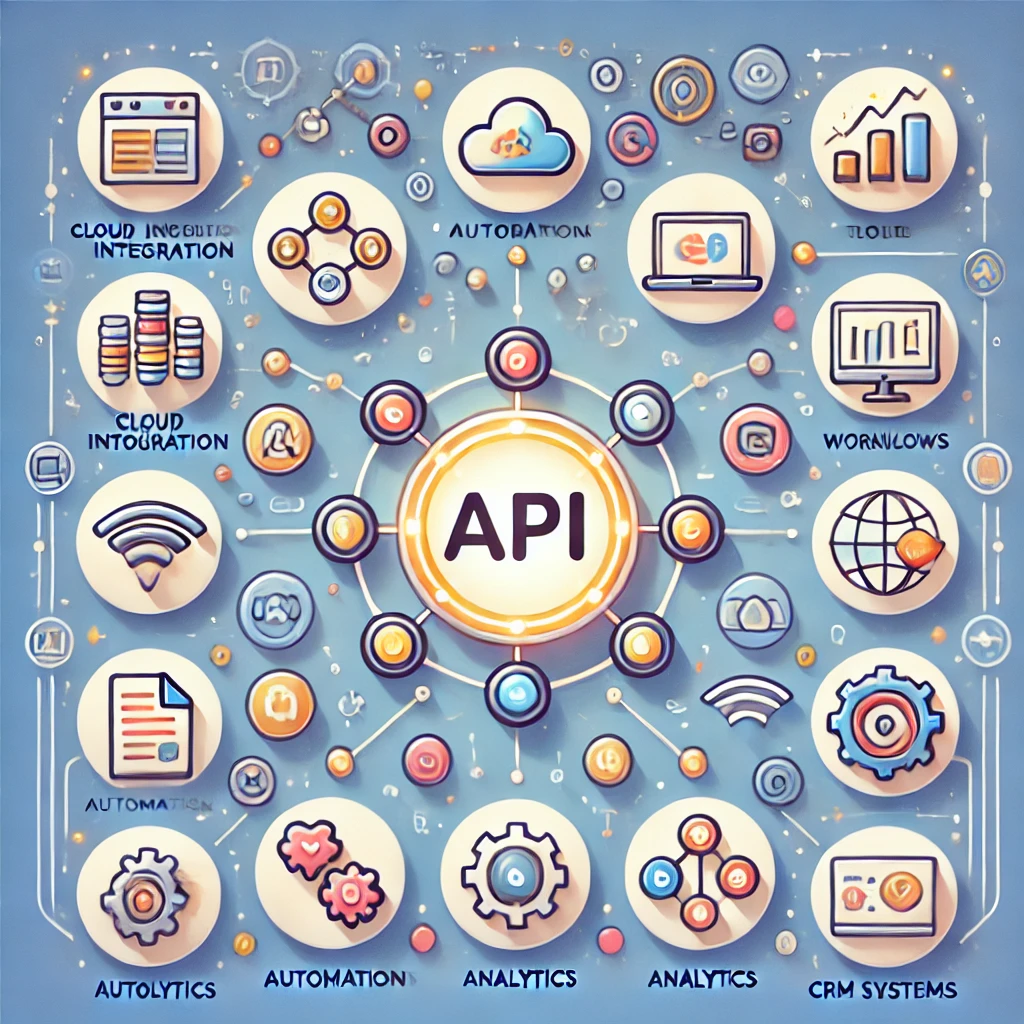Beginner’s API Guide: In the digital age, connecting software applications through APIs has become a game-changer for small businesses. This beginner’s API guide will walk you through some of the most essential tools that every small business should consider to streamline processes, save time, and enhance productivity. From automating routine tasks to building scalable solutions, these API tools make it easy for startups and small businesses to harness the power of integration without needing an extensive technical background. Read on to discover the top API tools that can transform the way your business operates.
Table of Contents
Why Every Small Business Needs an API Integration Strategy
For small businesses, managing various processes can quickly become overwhelming. As your operations grow, so do the number of tools and systems you rely on—from CRM and marketing platforms to inventory and payment solutions. This is where APIs, or Application Programming Interfaces, come in. APIs enable your apps and systems to “talk” to each other, streamlining workflows and reducing the need for repetitive manual work.
A well-planned API integration strategy can help your small business:
- Connect disparate tools and streamline processes
- Reduce manual data entry, saving time and minimizing errors
- Improve customer experiences with faster, integrated solutions
- Scale with ease as your business grows and requires more advanced tools

Choosing the Right API Integration Tool: What to Look For
With so many API integration tools available, it’s important to choose one that fits your unique needs. Here are a few essential factors to consider when selecting an API integration tool for your small business:
- Ease of Use – Especially if you’re new to APIs, look for a tool with a user-friendly interface and clear documentation.
- Scalability – Choose a solution that can grow with your business, adapting to new applications or workflows.
- Security – Ensure the tool complies with industry standards and protects your data.
- Cost – Many API integration tools offer various pricing tiers, including free plans. Pick one that fits within your budget without sacrificing necessary features.

Beginner’s API Guide: 8 Essential Tools for Seamless Integration Every Small Business Should Use
Zapier is a beginner-friendly tool that connects over 3,000 apps, making it one of the most accessible API integration solutions for small businesses. With Zapier, you can automate routine tasks without any coding knowledge. For example, it allows you to automatically add new leads from Facebook ads to your CRM or sync purchase orders with your accounting software.
Zapier: Simplify Workflow Automation
Key Features:
- Pre-built “Zaps” (automated workflows) for common tasks
- No coding required—ideal for beginners
- Integrates with popular business tools like Slack, Google Workspace, and Shopify
Make (formerly Integromat): Visual Workflow Designer
Make stands out with its visual workflow editor, allowing users to see and adjust how their data flows between applications. This tool is ideal for small businesses with complex workflows, providing greater control and flexibility than many other platforms.
Key Features:
- Visual editor for intuitive workflow setup
- Advanced data manipulation capabilities
- Suitable for businesses with more specific API needs
IFTTT (If This Then That): Connect Your Apps and Devices
IFTTT is another no-code tool that allows users to create “applets” that connect different apps and devices. It’s perfect for automating everyday tasks and simple workflows, like saving Gmail attachments to Google Drive or sending daily reminders.
Key Features:
- Over 600 integrations, covering both business and personal apps
- User-friendly, with minimal setup required
- Free plan available with limited applet connections
Microsoft Power Automate: Enterprise-Level Automation for SMBs
Power Automate is Microsoft’s API integration solution, offering robust automation tools ideal for businesses already using Microsoft’s suite of applications. It allows you to automate tasks across Office 365 apps, Dynamics 365, and more, making it a solid choice for businesses heavily invested in the Microsoft ecosystem.
Key Features:
- Seamless integration with Microsoft tools
- Templates and guided flows for common processes
- AI capabilities for advanced automation tasks
Postman: The Ultimate Tool for API Testing and Collaboration
While Postman is primarily a tool for testing APIs, it’s a powerful resource for small businesses that need to develop or maintain custom API integrations. With Postman, you can test, manage, and share APIs, making it a useful addition to any developer’s toolkit.
Key Features:
- Comprehensive API testing capabilities
- Collaborative workspace for teams
- Excellent documentation and learning resources
Apigee: Managed API Services for Growing Businesses
Apigee, a Google Cloud product, offers a range of tools for building and managing APIs. Although it’s more advanced than some other options on this list, it’s a powerful choice for small businesses planning to scale and integrate with multiple third-party services.
Key Features:
- Managed API platform with analytics and security tools
- Support for complex API needs and integrations
- Backed by Google’s infrastructure and support
Tray.io: High-Level API Integration and Automation
Tray.io is a flexible and powerful API integration tool designed for businesses that need custom, high-level automation. With Tray.io, you can create workflows that span multiple apps and data sources, ideal for businesses with specific, advanced needs.
Key Features:
- Drag-and-drop builder for ease of use
- High scalability and customizability
- Supports complex workflows and data transformations
Automate.io: Cost-Effective Solution for Startups
Automate.io provides a cost-effective solution for small businesses and startups with basic API integration needs. With Automate.io, you can create simple one-to-one app connections, like syncing leads from Facebook to a CRM or adding form responses to a spreadsheet.
Key Features:
- Affordable pricing plans for small businesses
- Straightforward setup for common tasks
- Integrates with major business tools, including Salesforce, Mailchimp, and Shopify
Tips for Getting Started with API Integration
To make the most of these tools, it’s important to start with a clear plan and approach. Here are some practical tips for beginners diving into API integrations:
- Define Your Objectives – Start by identifying the specific tasks or processes you want to automate. Are you looking to simplify data entry, improve customer support, or automate order processing?
- Choose a Tool That Matches Your Skills – If you’re new to API integration, consider starting with a beginner-friendly platform like Zapier or IFTTT before moving on to more advanced tools.
- Start Small and Scale Up – Begin by automating one or two key tasks. Once you’re comfortable, explore additional workflows and integrations.
- Leverage Resources and Tutorials – Most API tools offer extensive guides, templates, and community forums. Don’t hesitate to tap into these resources to maximize your understanding and efficiency.
- Monitor and Refine Your Integrations – Regularly review your integrations to ensure they’re delivering the expected results. Sometimes, small tweaks can lead to big improvements in efficiency.

The Future of API Integration for Small Businesses
API integrations are a game-changer for small businesses, offering opportunities to boost productivity, save time, and reduce costs. As technology advances, more and more small businesses are adopting API tools to stay competitive, reach new customers, and streamline their operations.
The next wave of API development promises even greater accessibility for beginners. As no-code and low-code solutions evolve, more small business owners will be able to build powerful, automated systems without needing an extensive technical background. By starting your journey now, you’re setting your business up for success and making it ready to embrace future opportunities.

Explore our full range of blogs on API integration and its many applications. For insights on payment automation, check out Payment Automation: 7 Powerful Ways API Integration Simplifies Payment Processing, where we dive into efficient API-based solutions for streamlining payment workflows. You can also read about organizing files effectively with Google Drive API in Google Drive Automation: 5 Powerful Ways to Organize Files with Google Drive API Integration. Each post provides practical steps and tools to simplify essential business tasks through API integration.

